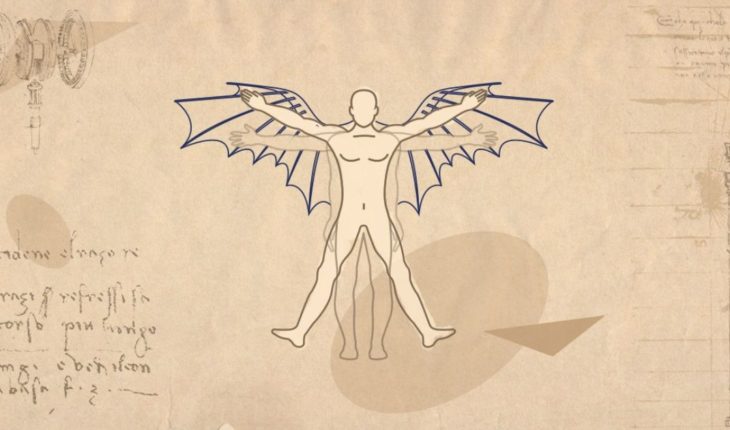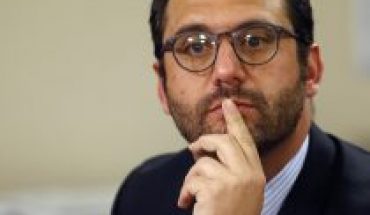Let’s travel back in time, about 500 years ago, an area of Europe where old fiefs of the middle ages, gave rise to powerful Nations, not to bore you are fighting most of the time, with a growing middle class who, spurred by trade and the s new philosophies of the Renaissance, allowed that they appear new rich and powerful. Imagine what it would be like to live there: no electricity, it is normal that all smell badly (unless you are very rich and uses some Eau de Cologne), there are no toilets, you comés when you can, you transitás very slow from one place to another (no travel from Florence to Rome in 90 mi) nutos), education is not a necessity as it is today and also there is no internet. It is not difficult to realize that resources to generate new ideas are also scarce.
Thus Florence was seen towards the end of the 15th century.
Leonardo was not alien to these times, and nevertheless managed to turn into an outstanding inventor, artist and researcher. How did to be so genius? He not only thought of flying machines, or how to walk under water without drowning, but who also developed simple elements such as bearings for a helicopter or, say, scissors that we use today. There are several factors that contributed to that Leonardo is known for his inventions, which include linkages established throughout his life. First, some of the successive wives of the rich and noble father (recall that he was the illegitimate son and his mother died young). And afterwards, and in particular, with his great teacher Verrocchio, was disciple and collaborator from his 17 years over almost a decade. Andrea de el Verrocchio, who also developed activities on multiple fronts, was able to see and foster the skills and interests of the young Leonardo, allowing you to investigate and experiment in what he liked. The exceptional talent of da Vinci became known, and the mighty of the time competed for their services, so wide that they included work as a military engineer and as an organiser of lavish celebrations. Enough to mention, among their employers, to Lorenzo de Medici, Florence, Ludovico Sforza, Duke of Milan and the King of France, Francisco I. The art of war
Looking for Leonardo, more for his art, for its inventor to develop weapons and artifacts of war, which he knew perfectly, as can be seen in the curriculum that tried to convince Sforza that hired him. The belligerent status of the time awoke without a doubt his wit. “It was like thought, for example, inspired by birds aircraft, tank derived from the observations of turtles, transportable bridges ideal to quickly mobilize the troops, a lightweight, three-shot cannon, or other multiple shooting and a couple of” skis snow”floating to mobilize troops walking on waters or the giant Crossbow of 25 meters in length and six wheels, in order to scare the enemy.
The “portable” bridge of Leonardo. In the video below, is how it would work.
Another factor that contributed to their inventive capacity, is not only working, but in team: Although there is no doubt who was boss, was always with his apprentices and helpers, who faithfully accompanied him on one side to another. This allowed him to, as well as exchange of experiences and knowledge, work on trust and promote creativity to apply to their inventions. And one more: Leonardo da Vinci had time. He died recently at age 67, which today seems even an early age, but at that time less than 1% of the population reached it. Da Vinci, obviously, had multiple interests. But its main feature was undoubtedly his curiosity, attitude necessary to encourage imagination that every inventor needs. Some of their inventions
Giant crossbow to intimidate enemies.
A flying machine inspired by his studies of the flight of birds.
The armored vehicle, which recalls the tanks today
* Industrial engineer, Professor at the Universidad Tecnológica Nacional and the Instituto Tecnológico de Buenos Aires.





